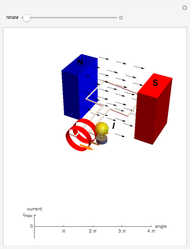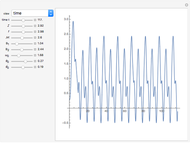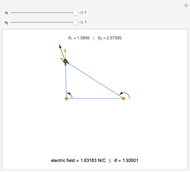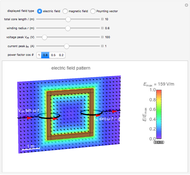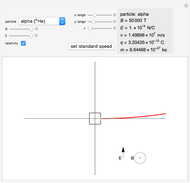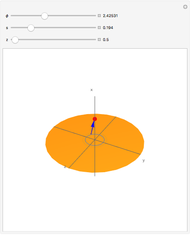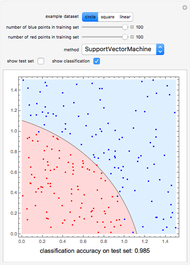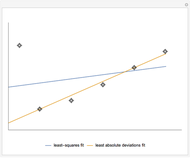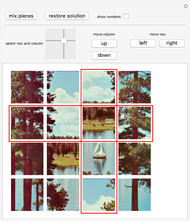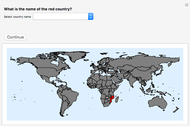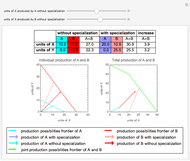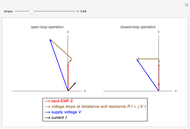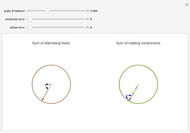Generating a Rotating Field by Superposition of Three Alternating Fields

Requires a Wolfram Notebook System
Interact on desktop, mobile and cloud with the free Wolfram Player or other Wolfram Language products.
Rotating magnetic fields are employed in various electrical machines, for example, induction motors and synchronous motors. This Demonstration shows a rotating field that is generated by superposition of three alternating fields. The alternating fields can be decomposed into clockwise-rotating and counterclockwise-rotating components.
Contributed by: Frank Brechtefeld (February 2012)
Open content licensed under CC BY-NC-SA
Snapshots
Details
The left diagram shows a rotating field (brown vector) that is the vector sum of three alternating fields (black vectors). The rotating field is circular if:
1. the spatial directions of the alternating fields differ by 120 degrees
2. the phases of the alternating fields differ by 120 degrees
3. the alternating fields have equal amplitudes
If one of the alternating fields has an amplitude error or a phase error, the resulting rotating field is elliptical. (Try the sliders "amplitude error" and "phase error" to check this.)
The right diagram shows the vector sum of the clockwise-rotating (green vectors) and counterclockwise-rotating (blue vectors) components of the three alternating fields.







